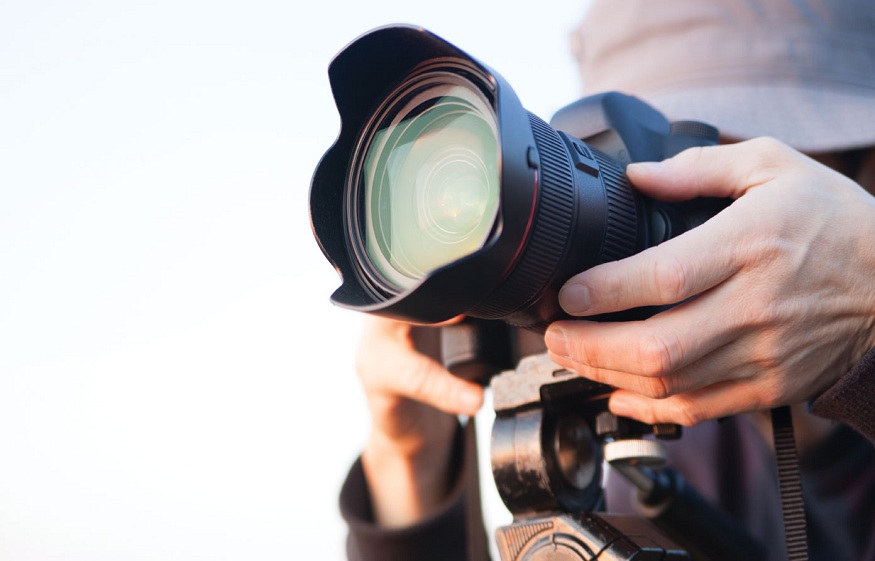
As is already clear from the name, mirrorless cameras are used without mirrors. A mirrorless camera is different from a DSLR camera in this sense, which reflects pictures into viewfinders through mirrors. All things considered, mirrorless cameras frequently utilize electronic
kinds of computerized cameras as of now don’t utilize mirrors. Advanced point-and-shoots, rangefinders, and, surprisingly, your cell phone’s camera are in fact mirrorless. In any case, the term mirrorless now basically alludes to cameras with exchangeable focal point frameworks. Since they have no cumbersome mirror enclosing the body, mirrorless models are more minimized cameras than their DSLR partners. What’s more, because the focal point sits nearer to the sensor without a mirror in the center, the picture quality is possibly unrivaled. Consequently and for others, mirrorless innovation is the obvious replacement for DSLR’s rule over the computerized photography world. Here are some tips to help you if you are planning to purchase a mirrorless cameras:
- Electronic Viewfinder: Unlike a DSLR camera, a mirrorless computerised camera has no mirror viewfinder. You need to depend on the electronic viewfinder, which gives a carefully recovered picture from the camera. A few photographers think that it is unsatisfactory and divert from it. However, the goal of the image produced on an OLED or LCD electronic viewfinder is sufficiently practical to address the issue of many photographers. What’s more, the electronic viewfinder is likewise equipped for showing other valuable information like histograms and rules for picture organization. The photographer can also change settings in the menu without taking his gaze away from the viewfinder.
- Built-in WiFi Technology The vast majority of the ongoing models of advanced mirrorless cameras have underlying Wi-Fi. In the period of web innovation, this component has become the norm for most devices on the market, and the camera has no special case. With Wi-Fi innovation, the photographic artist can move information without trading an SD memory card. A few models of Olympus and Panasonic mirrorless computerized cameras empower you to control each menu setting from your cell phone.
- A VARIETY OF LENSES TO CHOOSE FROMThe ability to change the best focal point for the best visual outcome is a critical factor for its fame and can be compared to a DSLR camera. The photographic artist can change from a flexible long-range focal point to a universally useful focal point or even to a specific full-scale focal point to accommodate his needs. Some of them might need to challenge themselves with a solitary central-length focal point for a representation shot. The photographic artist can also use a film-based focal point with the mirrorless computerised camera thanks to the focal point connector.
- Appropriate Size of Image Sensor: The early models of mirrorless, advanced cameras utilized four-thirds or APS-C picture sensors. Today, the size of the picture sensor is a lot greater than it was in the beginning. With the launch of various camera series, the little picture sensor has been supplanted with a full-outline sensor. The bigger the sensor size, the less noise there will be in high ISO conditions. Furthermore, a massive number of show pixels will help the picture achieve its goal.
Photography isn’t tied in with contemplating the best settings for your camera, pixel-peeping, or utilizing the most costly equipment you can find. By the same token, make an effort to defy the norms. Thus, get out there and let your mirrorless camera assist you in falling head over heels for photography once more!

